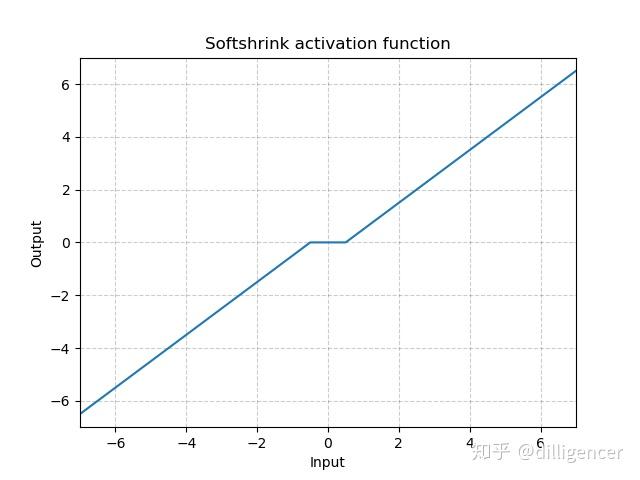Pytorch与视觉竞赛入门2.1-PyTorch激活函数原理和使用
Pytorch与视觉竞赛入门2.1-PyTorch激活函数原理和使用
PyTorch激活函数原理和使用
参考资料:GELU 激活函数
torch.nn.GELU
\[ GELU(x)=xP(X<=x)=xΦ(x) \]
这里$Φ ( x ) \(是正太分布的概率函数,可以简单采用正太分布\)N ( 0 , 1 )\(要,或者使用参数化的正太分布\)N ( μ , σ )$ ,然后通过训练得到\(μ\)。
对于假设为标准正太分布的\(GELU(x)\),论文中提供了近似计算的数学公式,如下: \[ GELU(x) = 0.5x(1+tanh[\sqrt{2/\pi}(x+0.044715x^3)]) \] bert源码给出的GELU代码pytorch版本表示如下:
def gelu(input_tensor): |
\[ erf(x)= \frac{2}{π}∫_0^xe^{−t^2}dt \]
torch.nn.ELU(alpha=1.0,inplace=False)
def elu(x,alpha=1.0,inplace=False): |
α是超参数,默认为1.0
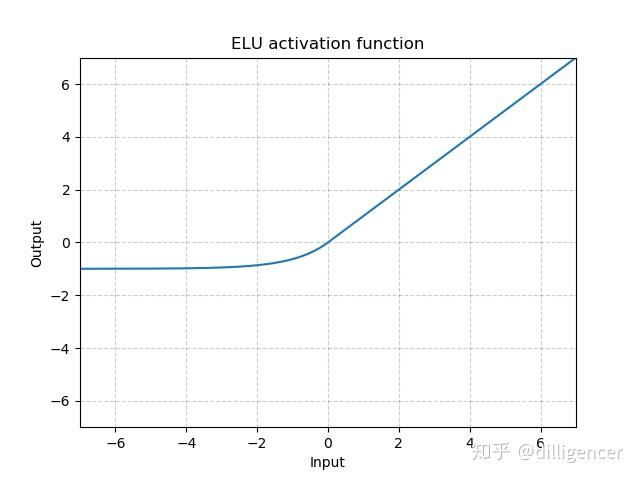
torch.nn.LeakyReLU(negative_slope=0.01,inplace=False)
def LeakyReLU(x,negative_slope=0.01,inplace=False): |
其中 negative_slope是超参数,控制x为负数时斜率的角度,默认为1e-2
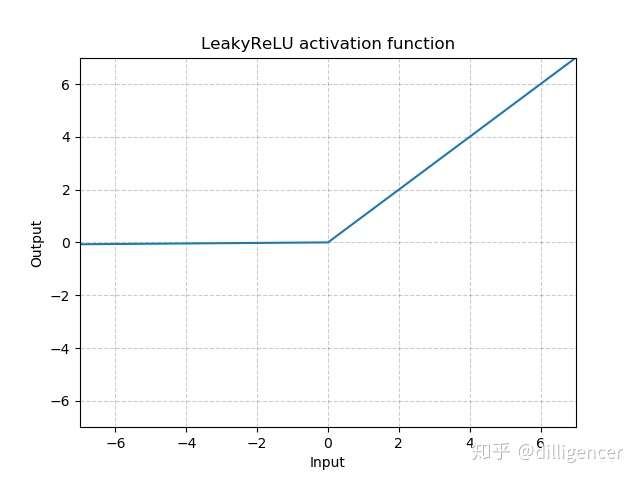
torch.nn.PReLU(num_parameters=1,init=0.25)
def PReLU(x,num_parameters=1,init=0.25): |
其中a 是一个可学习的参数,当不带参数调用时,即nn.PReLU(),在所有的输入通道上使用同一个a,当带参数调用时,即nn.PReLU(nChannels),在每一个通道上学习一个单独的a。
注意:当为了获得好的performance学习一个a时,不要使用weight decay。
num_parameters:要学习的a的个数,默认1
init:a的初始值,默认0.25
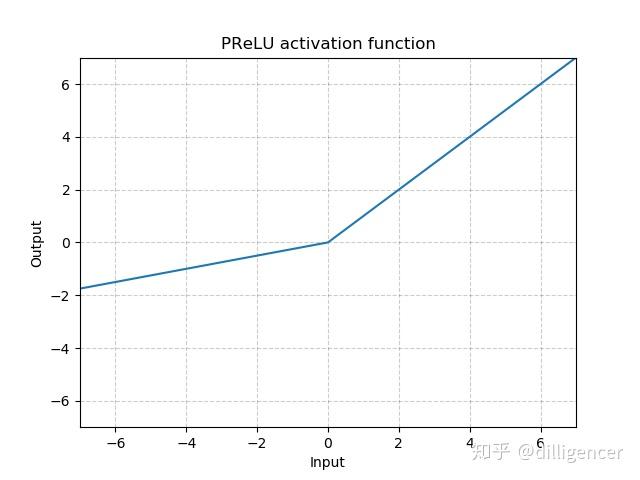
torch.nn.ReLU(inplace=False)
CNN中最常用ReLu。
def ReLU(x,inplace=False): |
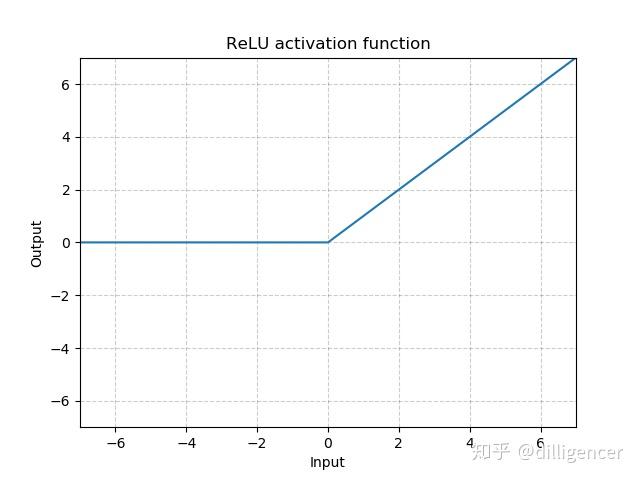
torch.nn.ReLU6(inplace=False)
def ReLU6(x,inplace=False): |
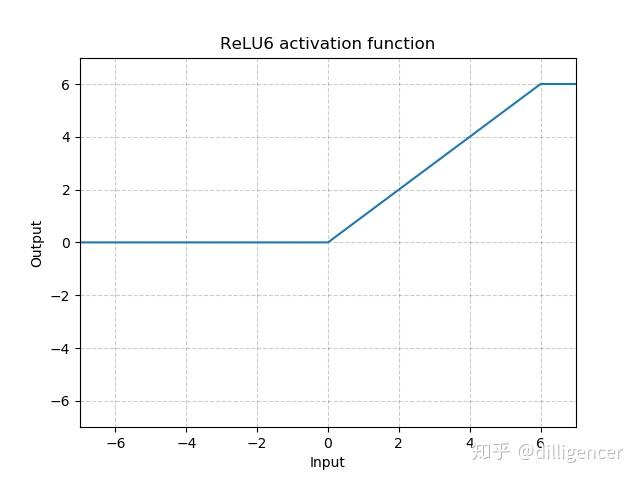
torch.nn.SELU(inplace=False)
def SELU(x,inplace=False): |
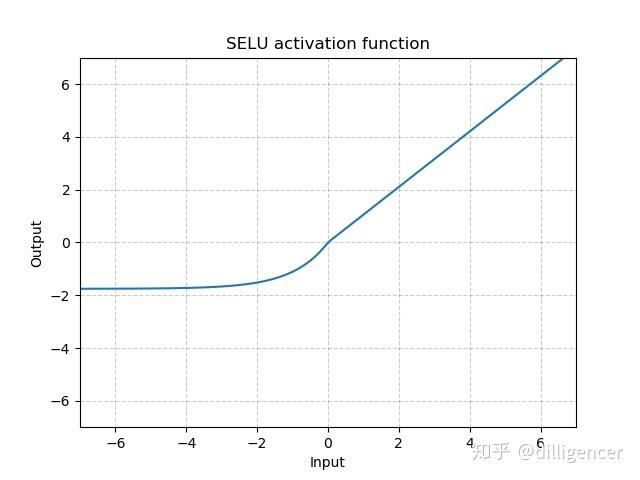
torch.nn.CELU(alpha=1.0,inplace=False)
def CELU(x,alpha=1.0,inplace=False): |
其中α 默认为1.0
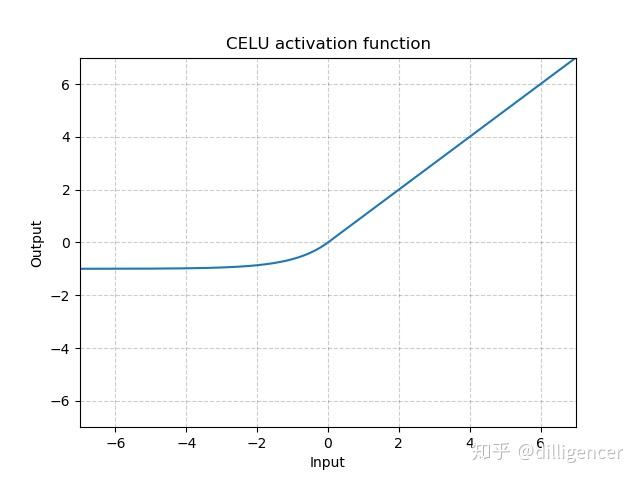
torch.nn.Sigmoid
\[ Sigmoid(x)=\frac{1}{1+exp(-x)} \]
def Sigmoid(x): |
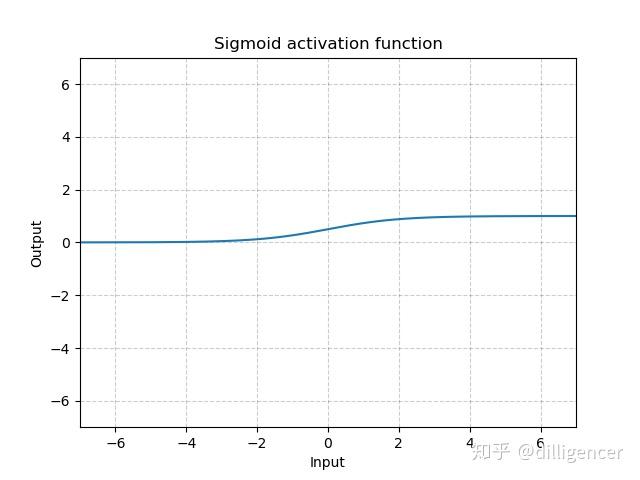
torch.nn.LogSigmoid
\[ LogSigmoid(x)=log(\frac{1}{1+exp(-x)}) \]
def LogSigmoid(x): |
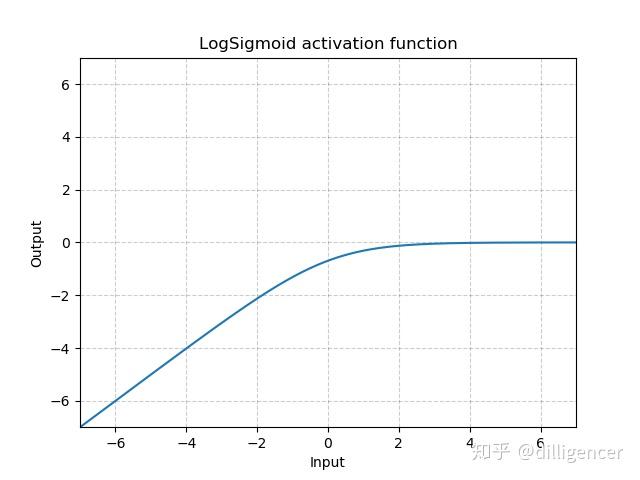
torch.nn.Tanh
\[ Tanh(x)=tanh(x)=\frac{e^{x}-e^{-x}}{e^{x}+e^{-x}} \]
def Tanh(x): |
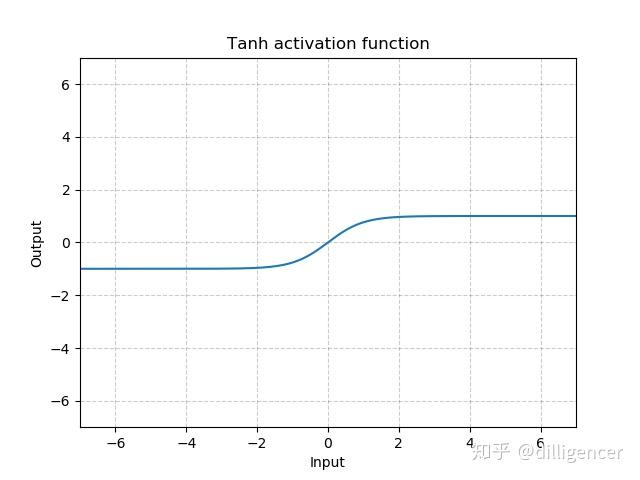
torch.nn.Tanhshrink
\[ Tanhshrink(x)=x−Tanh(x) \]
def Tanhshrink(x): |
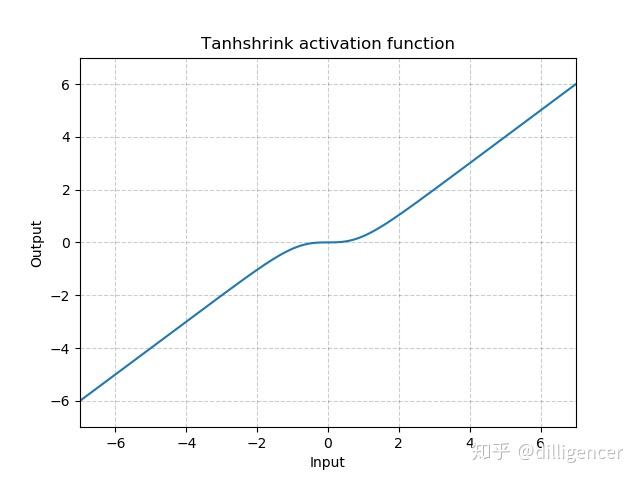
torch.nn.Softplus(beta=1,threshold=20)
\[ Softplus(x)=\frac{1}{\beta}*log(1+exp(\beta*x)) \]
该函数可以看作是ReLu的平滑近似。
def Softplus(x,beta=1,threshold=20): |
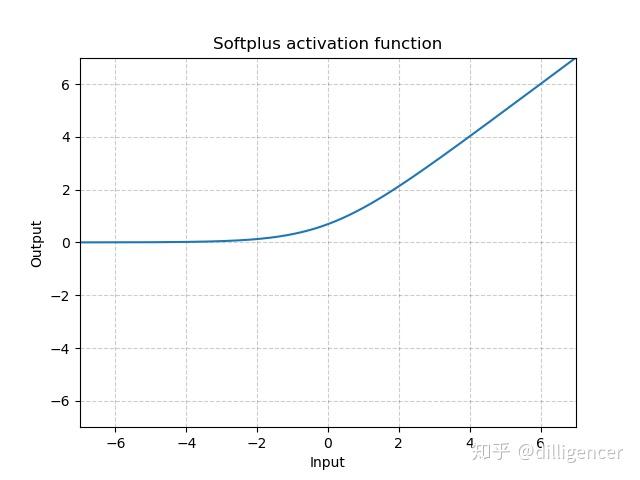
torch.nn.Softshrink(lambd=0.5)
\[ SoftShrinkage(x) = \left\{ \begin{array}{ll} x-\lambda, & \textrm{if $x>\lambda$}\\ x+\lambda, & \textrm{if $x<-\lambda$}\\ 0, & \textrm{otherwise} \end{array} \right. \]
λ的值默认设置为0.5
def Softshrink(x,lambd=0.5): |
